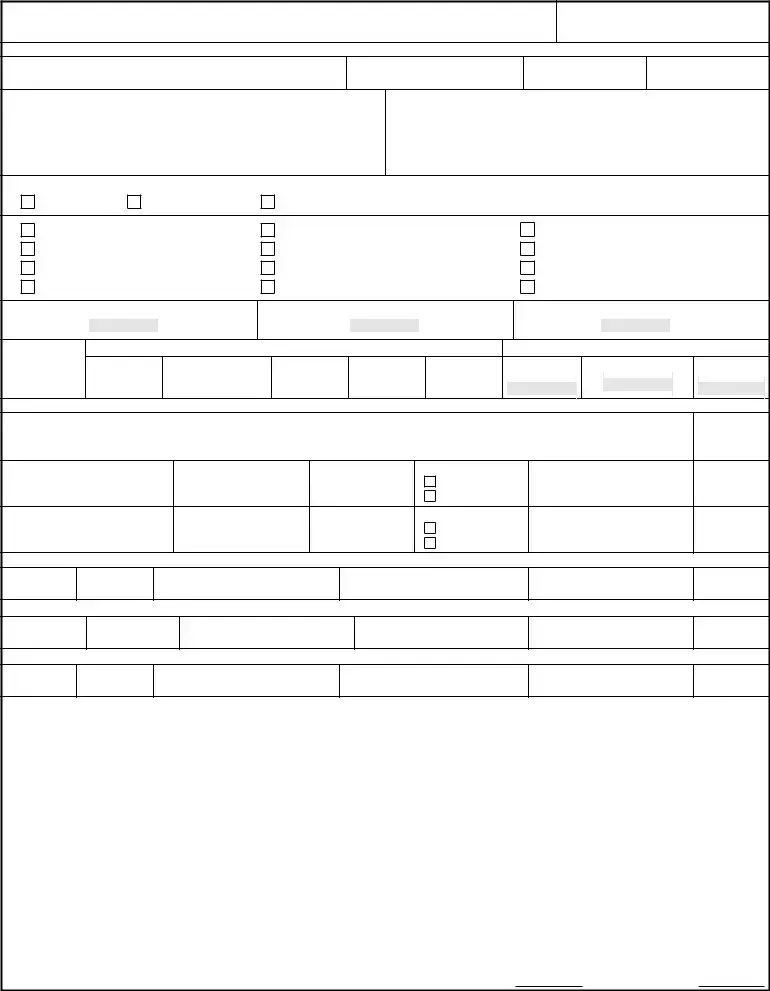Filling out the DA Form 31 correctly is crucial for military personnel seeking leave. However, some common mistakes can lead to delays and complications. A frequent error is not providing detailed leave address information. The form requires specific details under section 6, including the street, city, state, ZIP Code, and a contact number. Leaving out any of these details can delay the processing of the request.
Another common mistake involves selecting the type of absence. The form offers various options in section 8, such as Annual (Ordinary) Leave and Emergency Leave, among others. Often, individuals hastily check a box without considering the most accurate type of leave for their situation. This can lead to confusion and potential issues with leave authorization.
Inaccuracies in the dates requested, especially in sections 9a and 9c, are also prevalent errors. The DA Form 31 requires specific dates in the YYYYMMDD format for the leave start and end. Misinterpretation or incorrect formatting of these dates can complicate the approval process. It's essential to double-check these entries for accuracy.
There's also the matter of the accrued leave balance. Under section 10a, personnel must accurately report their current leave balance. Overlooking or misstating this figure can affect the chargeable leave requested, as mentioned in section 10b. An accurate account ensures the request aligns with available leave balances.
A signature might seem straightforward, but it's often a stumbling block. The DA Form 31 mandates signatures from the requester, the supervisor (section 11), and the approving authority (section 13). Sometimes, individuals forget one or more signatures, delaying the entire process. Ensuring all required signatures are obtained before submission is critical.
Confusion around non-chargeable absences, indicated in section 10c, presents another challenge. Those unfamiliar with the specifics might mistakenly request non-chargeable leave when it's not applicable. Understanding the distinction between chargeable and non-chargeable leave is vital for accurately completing this form.
Error in filling out the control number at the very beginning of the form (section 1) is another easily overlooked detail. This seemingly minor oversight can create identification and processing issues down the line. Ensuring this number is correctly filled in facilitates smoother processing.
Lastly, neglecting the extension and return sections (sections 15 and 16) when applicable is a mistake. For those needing to extend their leave or document their return accurately, overlooking these sections can impact official records and future leave requests. When an extension is needed or upon return, paying close attention to these sections is crucial.
Addressing these common errors before submitting the DA Form 31 can streamline the leave request process. Taking extra time to review and accurately complete each section ensures a smoother path to obtaining the necessary authorization for leave.

